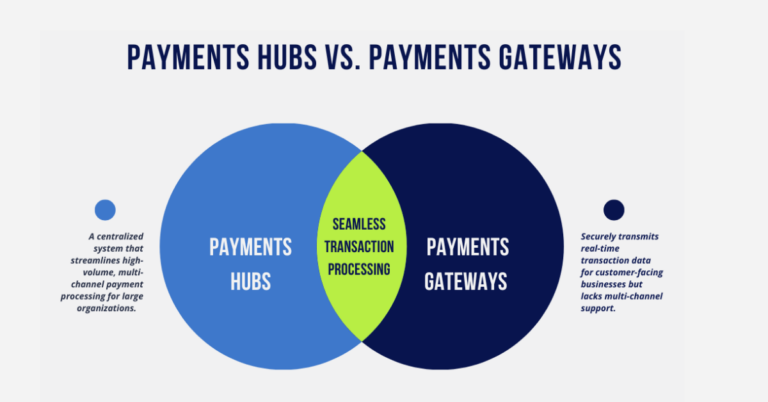Real-time payments are a critical part of payments modernization. Request for Pay (RfP) is a financial messaging scheme built on the rails of real-time payments that enables billers to initiate real-time payments from bill payees with the click of a button. The request includes all relevant invoicing information, and the payee can pay immediately or at a scheduled time, giving them more control over when the funds are taken from their account. It’s a win-win—the biller benefits from irrevocable, good funds, and the payee gets more visibility and control over when the bill is paid. Here are five use cases for billers that are accelerating the adoption of RfP.
- “Risky Payments” or Pre-Collection/End of Service Payments – The good funds model that RTP operates on means that the payment will only occur if the funds are in the account. This takes away the possibility of incurring a high fee for attempting to withdraw funds that may not be there. It also gives the bill payee the ability to pay the bill WHEN funds are in the account versus having to try to time the ACH delay. Also, the funds are irrevocable once transferred, so billers get certainty of funds, which can allow them to continue to continue their services or deliver goods to the payee.
- Payment Option for the “Just in Time Bill Payer” – With RfP, billers can provide customers the ability to wait until the last second to pay and receive those funds IMMEDIATELY. In today’s bill payment space, there can be anywhere from 1 to 3 days where abiller really doesn’t know: if you sent a check, paid via ACH from your online bank or from their bill payment site, or whether funds are actually in your account to pay the debit (which brings us back up to the first use case). RfP gives billers another option to help their clients pay, how they want to pay, and when they want to pay.
- One-Off Bills/Invoices – For high-value payments, the RfP rails give billers the ability to send a one-off bill or invoice to their consumer and business customers that can help accelerate their accounts receivable cycle. The message is delivered securely through the RTP® network directly to the payee’s bank account, where they can simply accept the charges and initiate the payment. By combining the eInvoice/Bill information to be sent on the payment network, the payee has everything in one place—no need to chase down the invoice PDF in an email, or try and locate a paper bill to manually enter details on a payment screen at the biller’s site or on their own consumer or business banking account. This use case will continue to grow in importance as the network’s limits continue to rise!
- Conversion of Non-auto/Recurring ACH payers – This use case is similar to the second use case. For many, setting up bill payments for recurring or auto-pay is so they never have to think about the bill. I’m sure most of you can raise your hand for plenty of those types of payments, the ones that are basically the same dollar amount every month and don’t put you at risk of an inadvertent overdraft on your checking account. However, for bills that may vary or come infrequently (maybe quarterly or bi-annually), there are plenty of payees who would prefer to validate the amount of the payment, and control when their payment leaves their hands. RfP gives these individuals the perfect tool to centralize their bills and give them even more control over when the payment leaves their account.
- Keeping Pace with a Changing Market – According to The Federal Reserve, financial institutions can play a more integral role in the bill payment process by offering certain RFP capabilities. The adoption of real-time payment services from The Clearing House (TCH) and FedNow from the Federal Reserve has significantly increased since FedNow launched in July 2023. Datos Insights predicts that with a greater number of banks and credit unions joining these networks, the demand for real-time payments and value-added services like RfP is expected to continue growing. As this new payment experience moves from niche to mass market, making sure your bank can support your ability to bill your clients and offer them the payment services they want is key. The payments market is transforming, and consumer and business expectations won’t be far behind!

Learn more about how the RTP Network has rapidly evolved and expanded its services over the years in an American Banker-hosted webinar, “The Growth of RTP and the Potential of Request for Payment.”
*This is an update on an original post published November 2021
Alacriti’s centralized payment platform, Orbipay Payments Hub, provides innovation opportunities and the ability to make smart routing decisions at the financial institution to meet their individual needs. Financial institutions can take full ownership of their payments and control their evolution with ACH, Wire, TCH’s RTP® network, Visa Direct, and the FedNow® Service, all on one cloud-based platform. To speak with an Alacriti payments expert, please contact us at (908) 791-2916 or info@alacriti.com.




